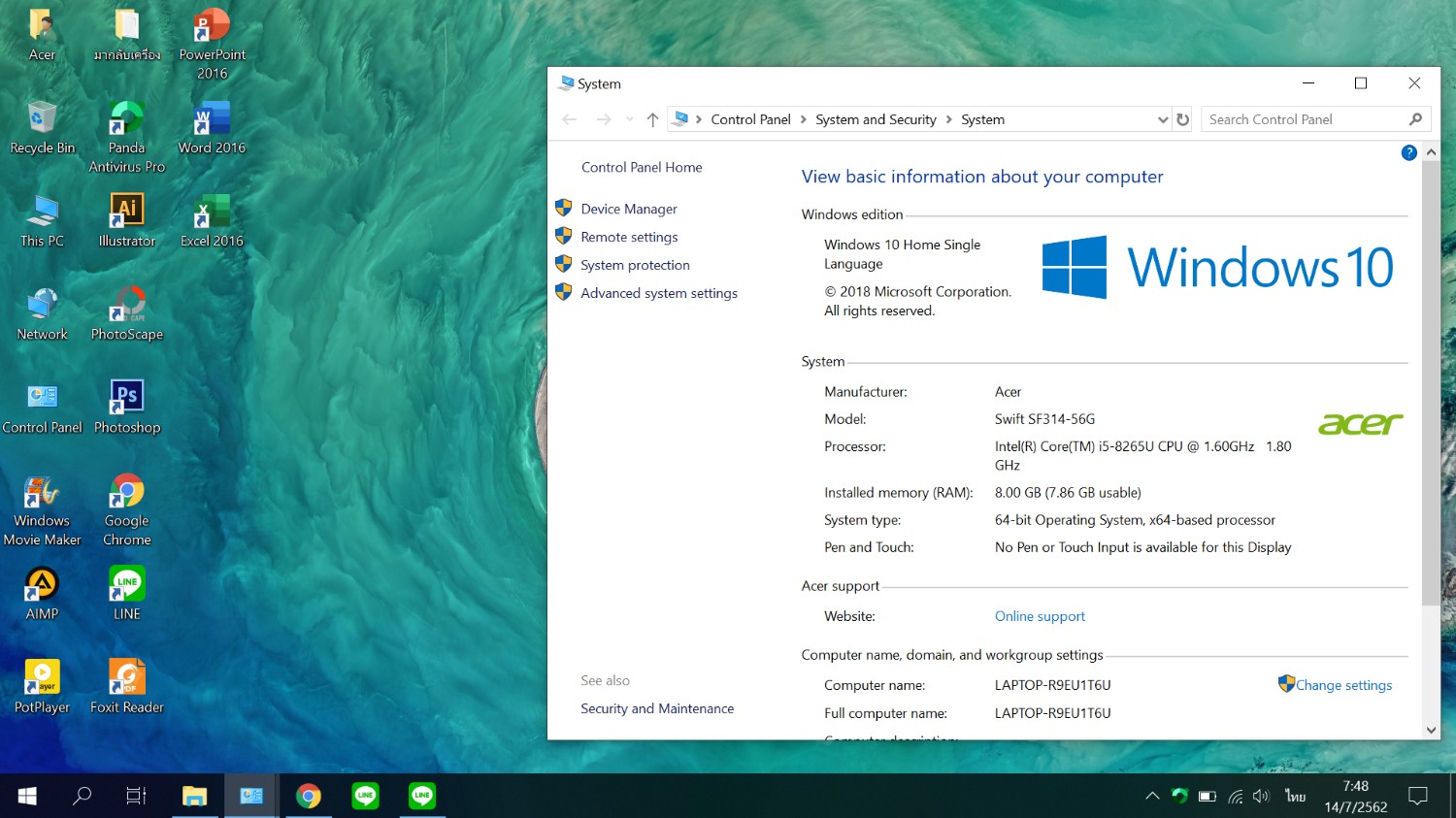
However, unless you're running dozens of virtual machines, you’re not going to exceed the memory limits of Home any time soon. Windows 10 Home supports a maximum of 128GB of RAM, while Pro supports a whopping 2TB. While Hyper-V is included with your Windows 10 Pro license, it needs to be downloaded and installed separately.Īside from the above features, there are some other differences between the two versions of Windows. If you plan on running VMs, this feature might be worth the cost of Pro, but if virtualization is all you need, there are free products like Virtualbox that offer more features and work with multiple operating systems. Hyper-V is a Windows-only hypervisor used for running virtual machines on CPUs that support virtualization. Does that anonymous download that claims to fix performance actually work? Or is it malware masquerading as a useful program? You could install a virtualization solution and run the program in a sandbox so it won't actually cause harm, or if you have Windows Pro you get that feature as part of the OS. Normally, we'd just say don't run any suspicious files, but some people are curious. While it may provide peace of mind to any user, it’s another feature aimed at businesses where security is a top priority. Trusted Boot protects your PC from rootkits and works in conjunction with Secure Boot to help keep your system malware free and in your control by checking every component of the startup process before loading it. You could also try RDP Wrapper as a free alternative. Fortunately, there are many free options like TigerVNC and TeamViewer that offer the same functionality and even some additional features that RDP doesn’t offer. With Windows 10 Home, you're still able to start Remote Desktop Protocol (RDP) sessions, but you can't remotely control your PC from another device on your network natively. Here's a breakdown of the most useful features that you get with Windows 10 Pro, as well as free alternatives, when applicable. While many of the extra features of Windows 10 Pro are clearly designed for business use, like group policy management and domain binding, there are other features that an enthusiast might not be able to live without. Microsoft has offered a Pro version of Windows since the XP days, bringing with it additional features for power users that Home doesn’t offer.

That’s a $40-$80 difference that could be put towards a better video card or more memory, but only if you don’t need the additional features Windows 10 Pro offers. Retail versions cost $119 for a Windows 10 Home license or $199 if you go with the Pro version-OEM keys that are bought with a hardware purchase cost $109 and $149.


 0 kommentar(er)
0 kommentar(er)
